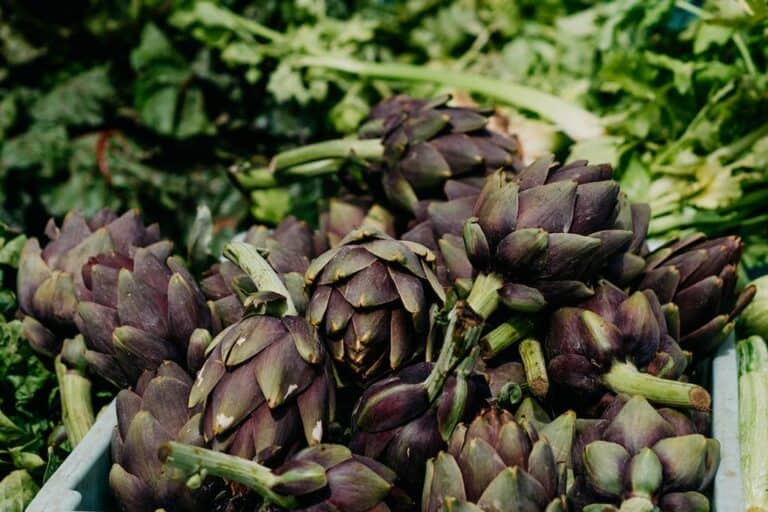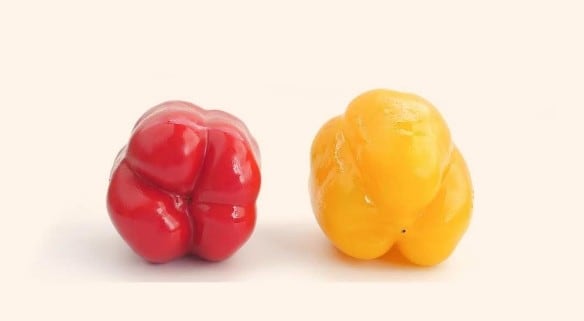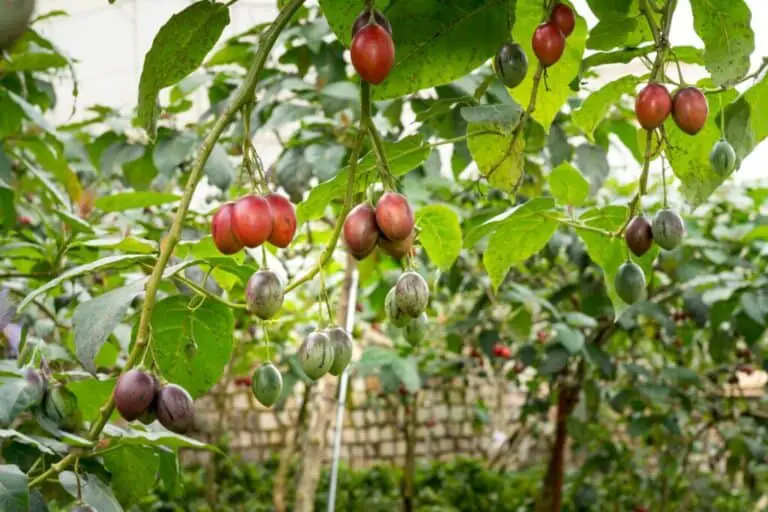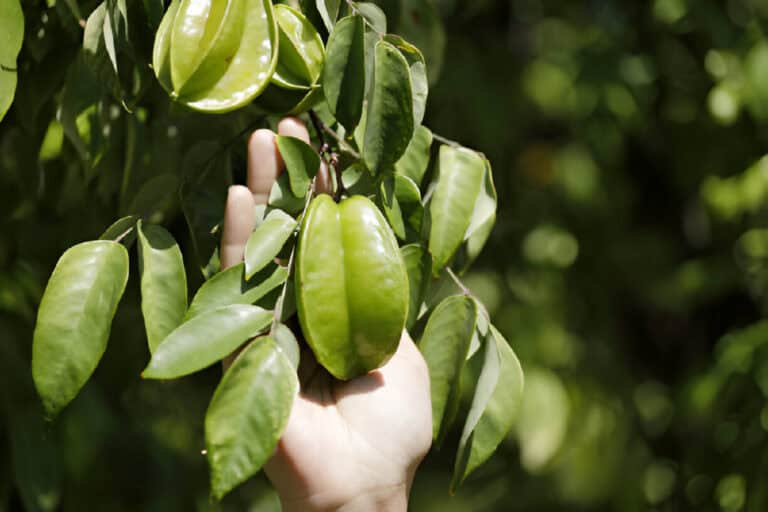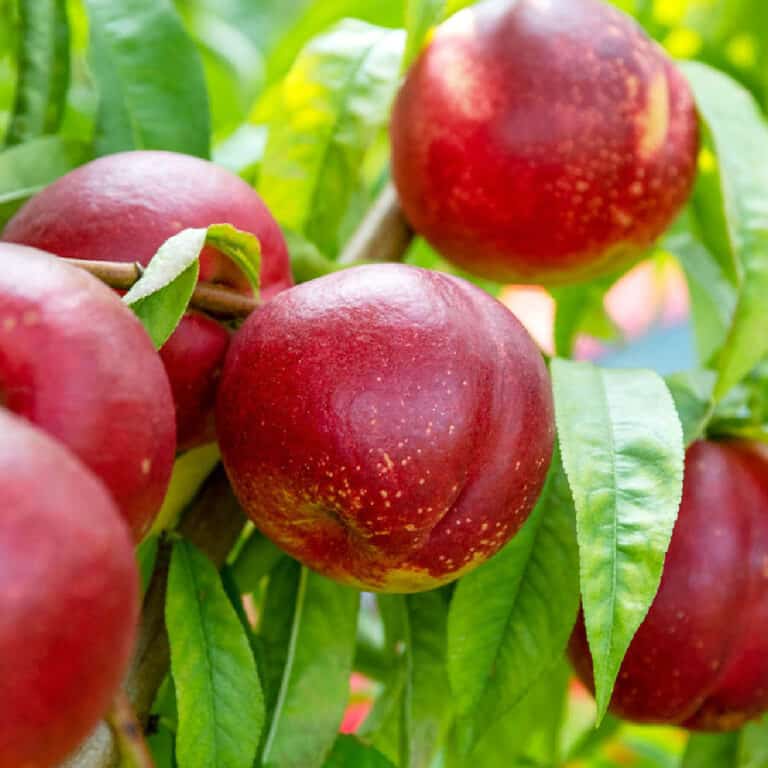How Many Blueberries Can One Plant Produce? Maximizing Your Harvest
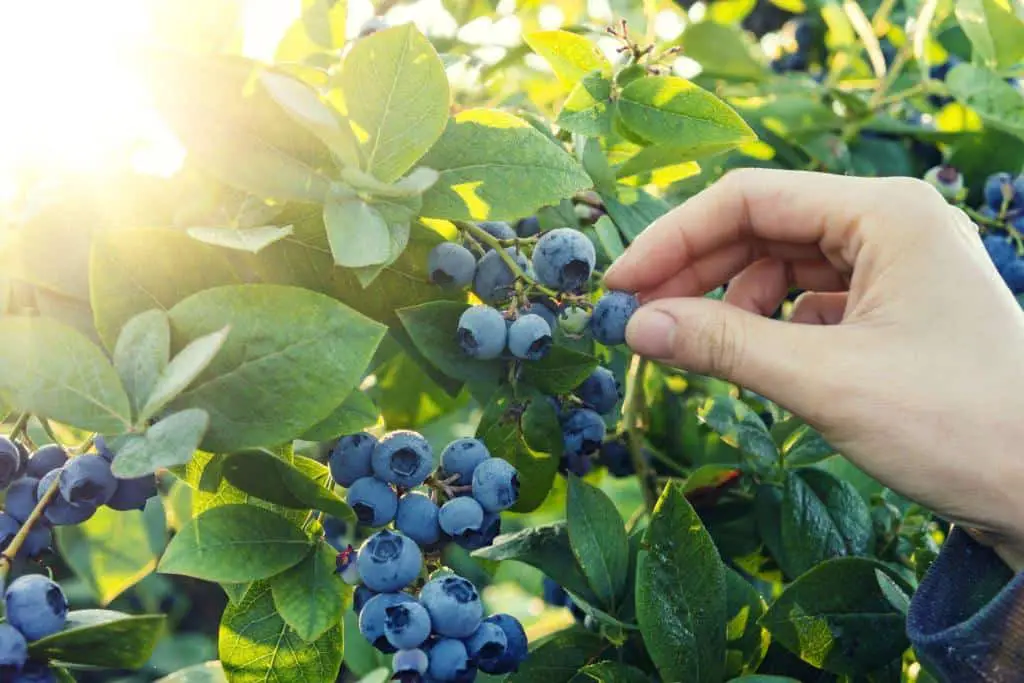
When I first started growing blueberries, I didn’t expect much. I imagined I’d get a handful of berries here and there—enough to toss into a smoothie or on top of some yogurt. But as I dug deeper into blueberry cultivation, I realized the potential these little bushes hold. One healthy blueberry plant can give you anywhere from 5 to 20 pounds of fruit in a single season! That’s way more than just a few scattered berries; it’s enough to fill bowls, jars, and even your freezer.
But how do you get the most out of your blueberry bush? That’s where things get interesting. Like any crop, blueberries thrive when given the right conditions, and with a bit of extra care, you can turn your single plant into a veritable berry factory. Curious about how you can maximize your blueberry harvest? Let’s dive into the juicy details!
The Factors that Affect Blueberry Yield
It turns out that the yield of a blueberry plant depends on more than just watering and sunshine. There are a handful of key factors that can influence how much fruit you’ll get. These include:
- Variety of the Plant: Some blueberry varieties naturally produce more than others. For instance, highbush varieties, which are commonly grown in home gardens, tend to produce more fruit than their wild, lowbush cousins. And some cultivars, like the Bluecrop or Legacy, are known for heavy yields.
- Age of the Plant: Blueberry bushes don’t hit their stride until about the 3rd or 4th year after planting. So, if you’re in the early stages of growing, patience pays off. A mature bush, however, can yield significant fruit year after year.
- Soil and Nutrients: Blueberries are particular about their soil. They thrive in acidic conditions (pH 4.5 to 5.5), so maintaining the right soil balance is crucial. Additions like pine bark mulch or peat moss can help create the environment they love.
- Sunlight: Full sun is essential. Blueberries need at least 6 to 8 hours of sunlight per day to reach their full potential. Less light? You’ll see fewer berries.
When I planted my first bush, I didn’t pay attention to all of these factors. But as I adjusted things—especially soil pH and sunlight exposure—I noticed my harvest started to multiply.
How Many Blueberries Can One Plant Produce?

The yield of blueberries from one plant can vary depending on the type of blueberry bush. Here are the general expectations:
– Mature Highbush Blueberries: Typically produce 5 to 10 pounds of fruit per plant per year, which translates to approximately 1,000 to 2,000 berries per year, given that a pound of blueberries usually contains around 200-250 berries.
– Half-High Blueberries: Generally produce 1 to 3 pounds of fruit per plant per year, which is roughly 200 to 600 berries per year.
– Lowbush Blueberries: These are often grown for their landscape value and produce smaller yields, typically around 100-200 berries per year.
It’s also worth noting that cross-pollination can significantly increase the yield, and planting multiple varieties can lead to a longer harvest period and more abundant fruit set.
How to Maximize Your Blueberry Harvest
So, how do you go from a modest handful of berries to a massive harvest? It’s not magic, but rather a combination of smart gardening practices. Here’s what I’ve learned to do over the years to maximize my blueberry yield:
1. Start with the Right Variety
Some varieties are just better suited for high production. If you haven’t planted yet, I recommend choosing high-yield varieties like Duke, Bluecrop, or Jersey. These cultivars are known to be reliable producers with large, sweet berries.
2. Focus on Pollination
Blueberry plants are self-pollinating, but cross-pollination between different varieties can significantly boost fruit production. Planting more than one type of blueberry bush in your garden ensures better pollination and bigger, better berries. Bees love blueberries, so if you can attract them to your garden, that’s a huge bonus!
3. Feed Your Plants the Right Way
A healthy bush equals more fruit. Blueberries need a consistent source of nutrients, particularly nitrogen. I like to use a fertilizer specially formulated for acid-loving plants, as it gives my bushes what they need to produce lots of berries. Applying mulch, such as pine needles, around your plants’ bases also helps to maintain soil acidity and moisture.
| Also read: How To Grow Blueberries in a Hydroponic System |
Watering: The Key to Juicy Berries
While blueberries are fairly drought-resistant, they produce best when their water needs are met. You want to keep the soil consistently moist but not soggy. I’ve found that a drip irrigation system works wonders, as it delivers water directly to the roots without wasting any.
In dry seasons, this consistent watering ensures that my berries stay plump and juicy rather than shriveling up before they can fully ripen.
| Check out: Are Blueberry Bushes Self Pollinating? |
Common Mistakes that Shrink Your Blueberry Harvest
Even seasoned gardeners can make a few missteps. I learned the hard way that small mistakes can have a big impact on your harvest. Here are some common mistakes that can reduce your blueberry yield:
- Ignoring Soil pH: Blueberries are picky about their soil. If the soil becomes too alkaline, your plants will suffer. Regularly testing the pH of your soil is essential to keep your bushes productive.
- Overwatering: Yes, blueberries need moisture, but too much water can lead to root rot. If you notice your plants looking sad despite plenty of water, it might be time to cut back a bit.
- Pruning Neglect: Blueberry plants benefit from annual pruning because it removes dead or diseased branches and encourages new growth. I prune mine in late winter or early spring, just before the growing season begins. It helps to keep the plant healthy and focused on producing berries rather than wasting energy on old wood.
| Factor | Impact on Yield | How to Maximize It |
| Plant Variety | High | Choose high-yield varieties |
| Soil pH | Crucial | Maintain pH between 4.5 and 5.5 |
| Sunlight | Essential | Ensure 6-8 hours of full sunlight |
| Watering | Moderate | Keep soil consistently moist |
| Pollination | High | Plant multiple varieties for cross-pollination |
Planning for Future Harvests
If you’re serious about growing blueberries, you should think long-term. Blueberry bushes can live for decades, so investing time and effort now can pay off for years. After my bushes started to thrive, I began planning to add more plants to my garden. Each new bush means an even bigger harvest next season.
Blueberries also become more productive as they age, so the bushes you plant today will yield even more fruit in the future. Keeping them healthy and well-maintained ensures they remain bountiful season after season.
Conclusion: A Berry-Licious Reward
It’s amazing to see how much fruit a single blueberry plant can produce when given the right conditions. From choosing the best variety to optimizing sunlight and soil conditions, every little detail matters. By implementing some of these techniques, I went from harvesting a few berries to gathering bowlfuls of juicy, sweet blueberries.
If you’re looking for a rewarding, fruitful addition to your garden, blueberries should be at the top of your list. And with the tips I’ve shared, you’ll be well on your way to maximizing your harvest and enjoying fresh blueberries for years to come. Trust me, once you start growing these tasty little fruits, you’ll never want to go without them!

